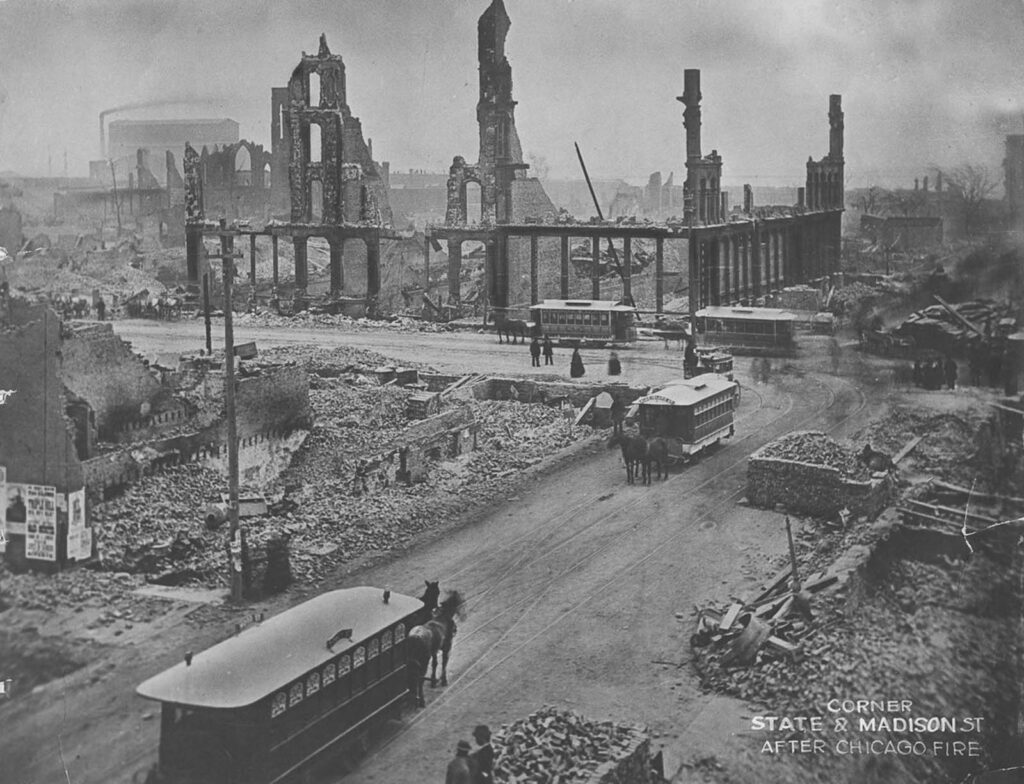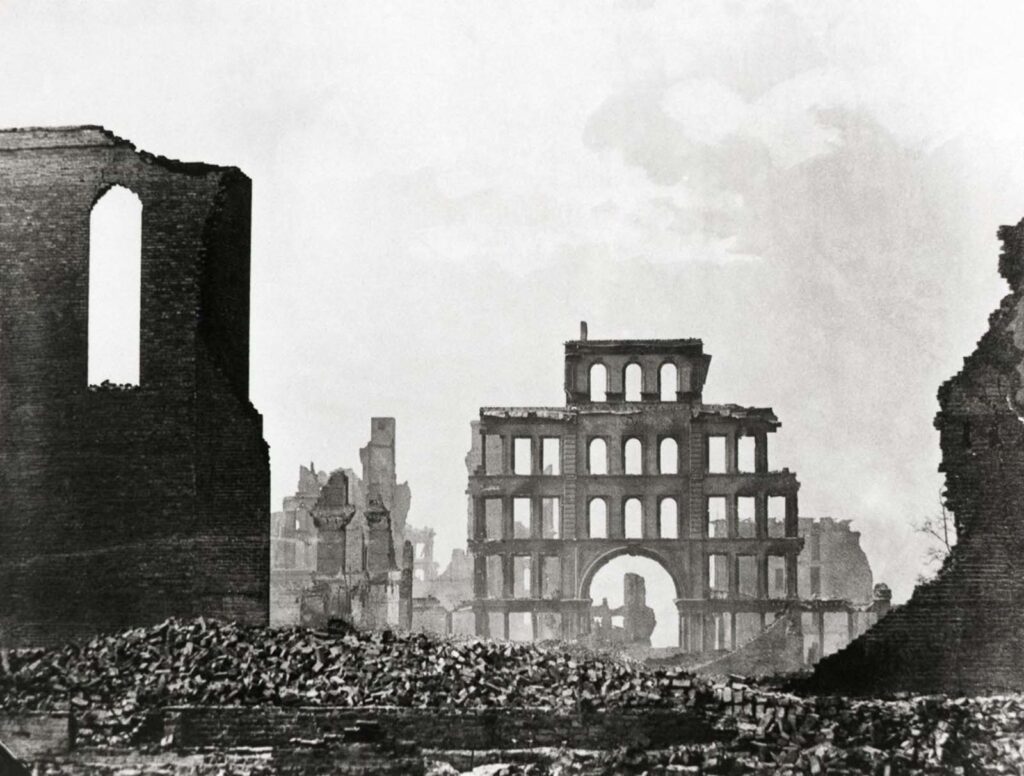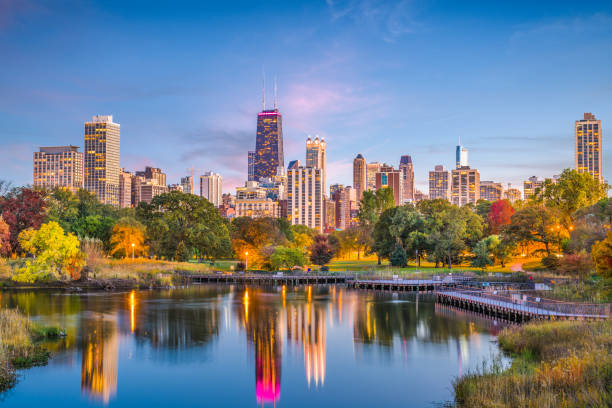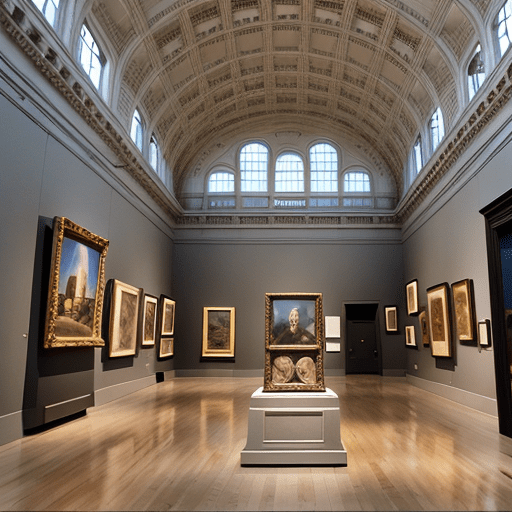The Great Chicago Fire of 1871: A Devastating Moment In Chicago History
The Great Chicago Fire of 1871 was a catastrophic event that occurred in the city and was both devastating and history-changing. This huge and deadly fire, which lasted from October 8 to October 10, resulted in immense destruction and loss. The fire claimed approximately 300 lives and destroyed over 17,450 buildings, covering almost 3.5 square miles of the city. The damages caused by the fire amounted to a staggering $200 million, leaving about one-third of the city in ruins and rendering nearly 100,000 people homeless.

A Growing City and its Vulnerability
During the mid-19th century, Chicago experienced unprecedented growth. With its population reaching nearly 30,000 in 1850 and tripling within a decade, the city expanded rapidly. While cheap transportation facilitated middle-class dispersal to the outskirts, poor neighborhoods near the downtown area remained congested. These areas were particularly vulnerable due to their predominantly wooden structures. Although the city had experienced various serious fires before, none would compare to the magnitude of the one that ignited on October 8, 1871.
The Mysterious Origins of the Fire
The Great Chicago Fire began in the De Koven Street barn belonging to Patrick and Catherine O’Leary. However, the exact cause of the fire remains unknown. Speculations regarding its origins range from vandals and milk thieves to spontaneous combustion or even the O’Learys’ legendary cow. Regardless of how it started, the fire quickly spiraled out of control within minutes. Misdirected fire equipment and a steady wind from the southwest exacerbated the situation, allowing the flames to rapidly spread from block to block.
Destruction Engulfs the City
As the fire engulfed the slums, it became an unstoppable force, eventually reaching the downtown area. Even supposedly fireproof stone and brick buildings were no match for the destruction. The fire razed everything in its path as it swept northward, leaving a trail of devastation. It was only the arrival of rainfall, the presence of the lake, and stretches of unbuilt lots on the North Side that finally halted the wave of destruction on the morning of October 10.
Devastation and Human Toll
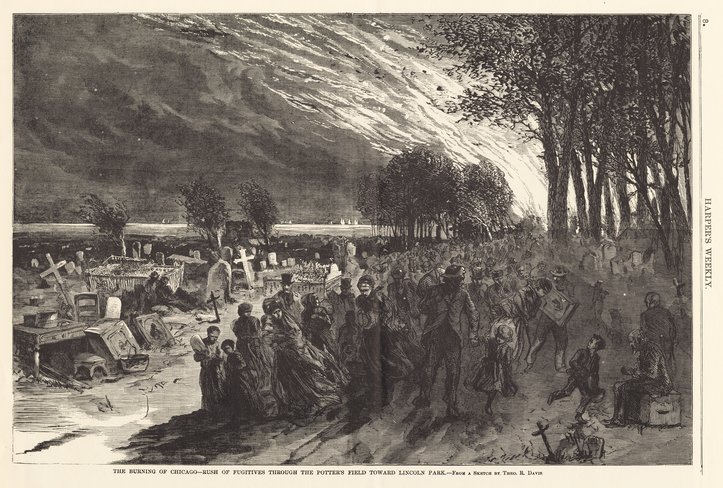
The Great Chicago Fire, the most famous fire in American history, wreaked havoc on the city. Approximately 300 lives were lost, and the destruction extended over a vast area. The fire consumed around 17,450 buildings, covering almost 3.5 square miles of land. The financial damage amounted to $200 million, leaving a significant portion of the city in ruins. Additionally, the fire displaced nearly 100,000 people, leaving them homeless and in need of aid.
Rebuilding and Resilience
Despite the devastation, Chicago emerged from the ashes with resilience and determination. The city quickly commenced its rebuilding efforts, and by 1880, its population had reached half a million people. A cohort of talented architects, including Louis Sullivan, Dankmar Adler, William Holabird, Daniel H. Burnham, John Wellborn Root, and William Le Baron Jenney, seized the post-fire rebuilding opportunities. These architects stayed on in the 1880s, designing a new generation of even taller downtown buildings. The central area saw the rise of department stores and offices, while industrial growth flourished along the river branches and rail lines. This also led to the construction of what many consider to be the world’s first skyscraper.
The Impact on Urban Development
The Great Chicago Fire prompted reflection on urban development and industrialization in the United States. Some argued for a return to a more traditional way of life, attributing the fire to the neglect of traditional morality. Others believed that improved building techniques were necessary for cities to prevent such disasters. Frederick Law Olmsted noted that Chicago had a penchant for “big things” and criticized the city’s construction practices, emphasizing the need for stronger materials and better planning.
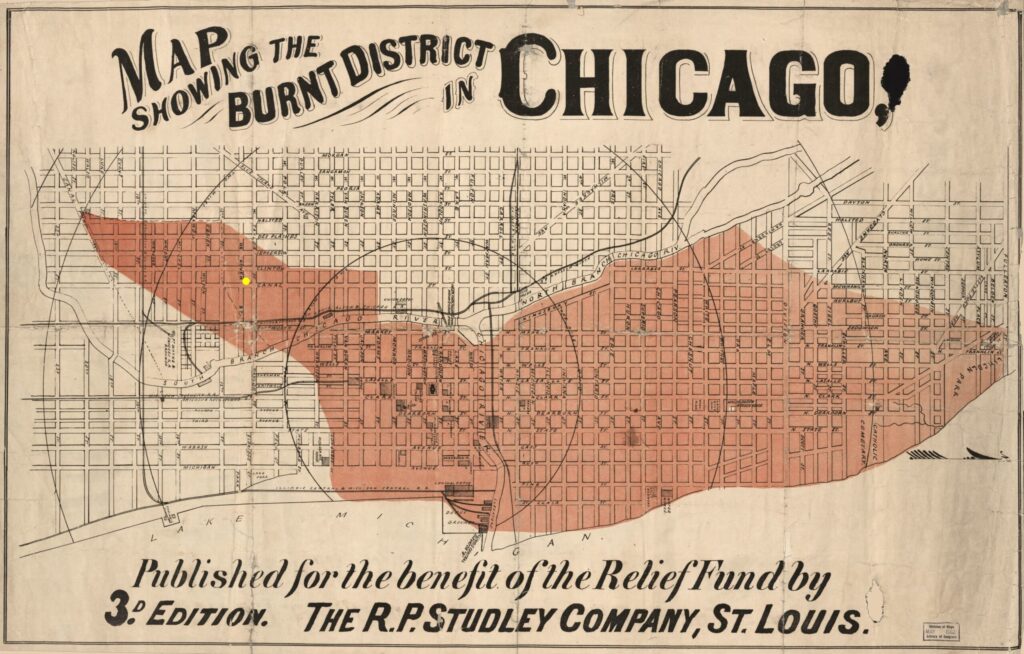
Aftermath and Relief Efforts
In the aftermath of the fire, support poured into Chicago from across the country and beyond. Monetary donations, as well as donations of food, clothing, and other goods, arrived from individuals, corporations, and cities. New York City, St. Louis, and the Common Council of London were among the notable contributors. The Chicago Relief and Aid Society, entrusted with the city’s relief efforts, played a pivotal role in coordinating the distribution of resources. Libraries in Chicago, which had previously been private and membership-based, received a significant boost when book donors from London enabled the establishment of the free Chicago Public Library.
Surviving Structures and Symbolic Rebirth
While the fire ravaged the downtown and North Side of Chicago, the stockyards and lumberyards on the South and West sides remained largely intact. The city’s swift rebuilding efforts led to the construction of numerous new structures, many of which were designed by the talented architects attracted to the city. One iconic building that emerged from the ashes was the Rookery, which symbolized the city’s rise from the devastation of the fire. The Rookery became a testament to the resilience and determination of the people of Chicago.
The Great Chicago Fire of 1871 forever left its mark on the city, both in terms of devastation and resilience. Although the fire caused immense destruction and loss of life, Chicago rebuilt itself with determination and creativity. The rebuilding efforts not only restored the city but also ushered in a new era of architectural innovation. The fire prompted a reevaluation of urban development practices, leading to improved building standards and techniques. Today, the legacy of the Great Chicago Fire serves as a reminder of the indomitable spirit of the city and its ability to rise from the ashes.
